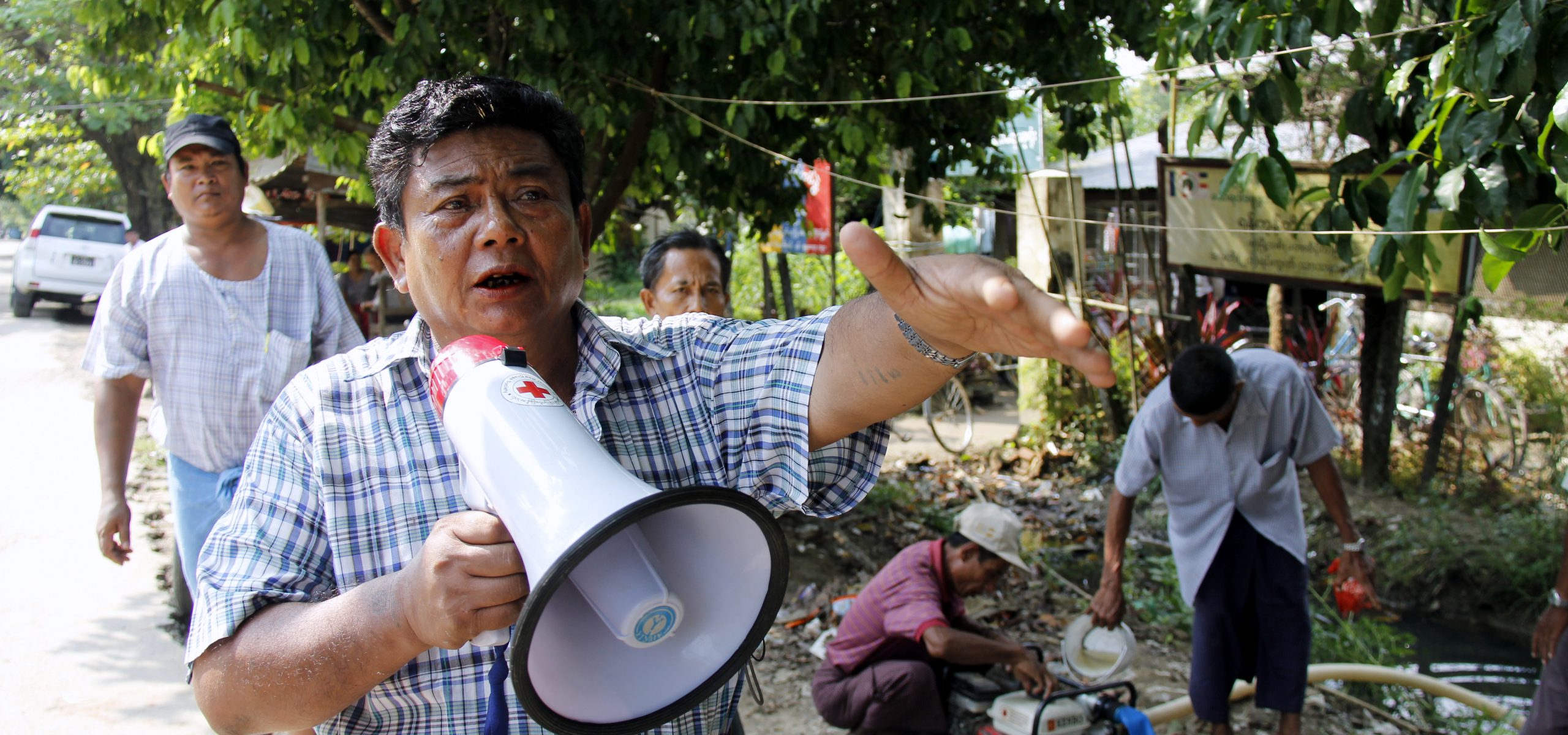Disaster Preparedness
Environment in emergency response preparedness

Environment in emergency response preparedness
Top tips for including the environment in emergency response preparedness
Understanding the current and potential future environmental conditions of a region is essential for an efficient and sustainable response
Risk analysis provides a common understanding and prioritization of risks, and should include existing environmental conditions and threats
Addressing environment as part of preparedness planning lays the foundation for its integration into humanitarian action.
Communicating risks effectively to populations and communities is essential for people to be able to be better prepared and to reduce the damaging impacts of hazards.
Policies supported by institutional frameworks and legal arrangements make up the disaster risk management framework. In order to systematically integrate environmental concerns in humanitarian action, one must consider the institutional arrangements governing disaster preparedness, response, recovery and emergency funding.
An understanding of evolving risks is fundamental to a timely and effective response. The analysis of disaster risks informs the planning of a response, while monitoring ensures that the process is responsive to changing contexts
Information management services support humanitarian actors in gathering, analyzing and disseminating key information about a humanitarian situation.
It is important to identify and close gaps between existing resources and anticipated emergency response needs. In preparedness, this entails an assessment of the current disaster risk management system and its available resources as well as capacities.
Environmental actors are assigned specific roles and responsibilities within the response, and interact with other responders within existing coordination mechanisms.
Including environmental considerations in disaster response exercises and trainings encourages exchange among actors and lays the foundation for a sustainable response.